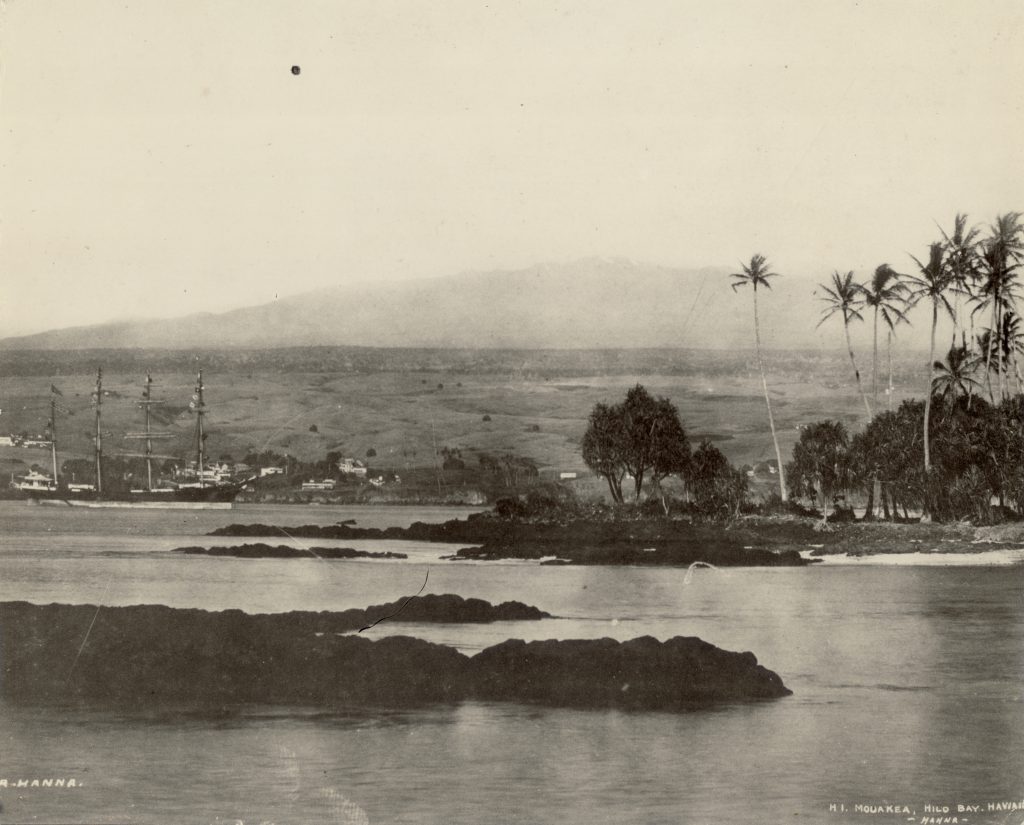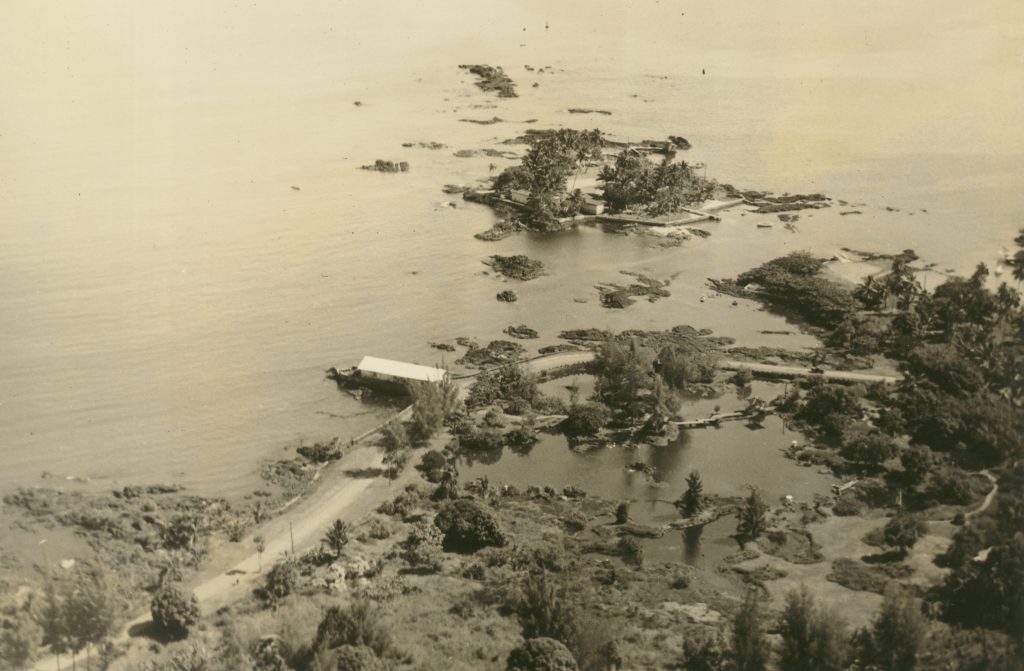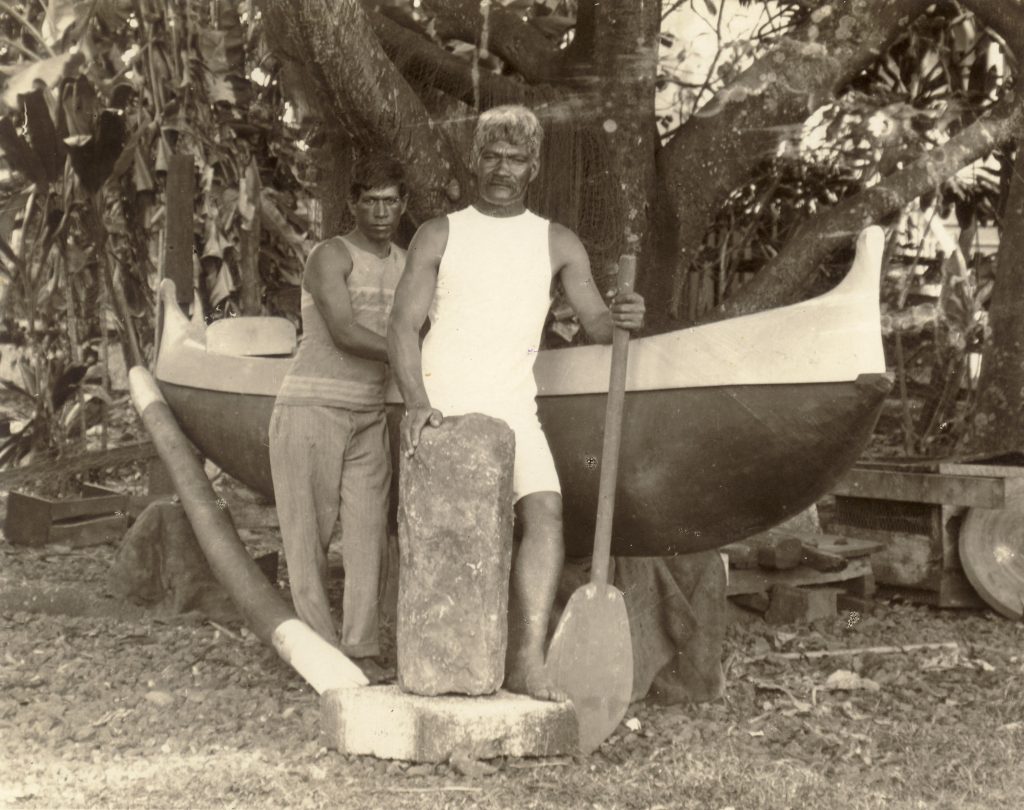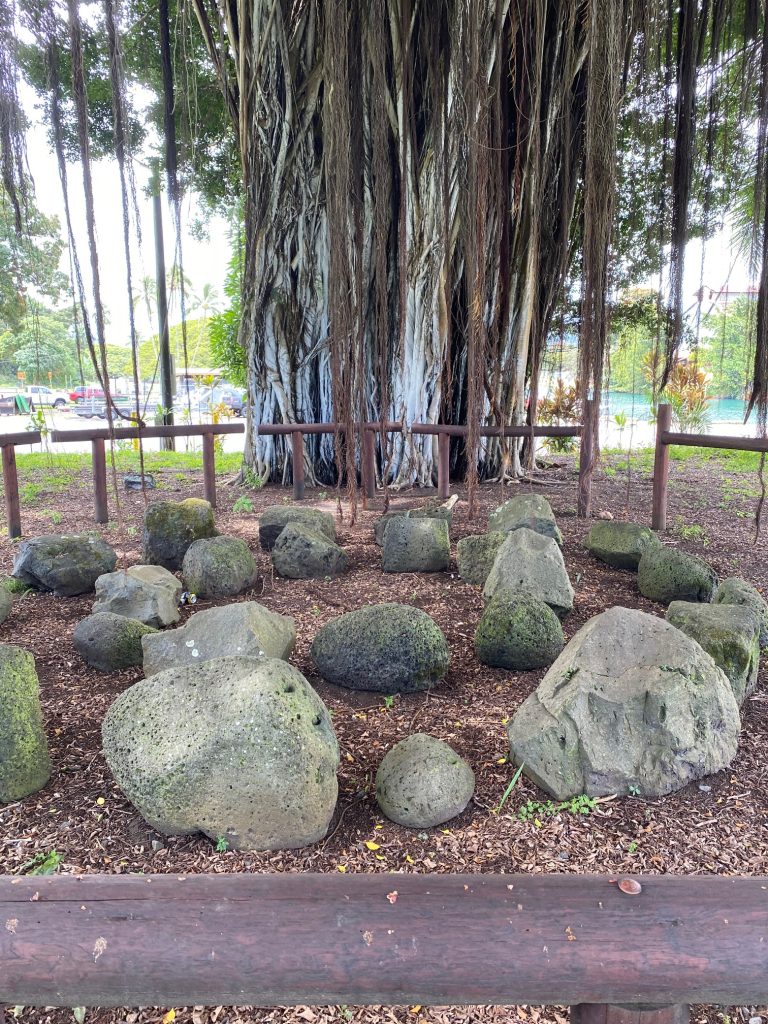by Torri Law, Lyman Museum Intern
The kapu system refers to the socioreligious code of conduct by which ancient Hawaiian society was stratified and regulated prior to 1819. Integral to this system were heiau – temple structures where protocols related to the kapu system were conducted. They were sacred sites where Hawaiians engaged in certain acts of worship, prayer, and ceremony according to their status and role in society. Different heiau were dedicated to different akua (gods) to solicit their blessings in specific practices. Heiau were typically dedicated to akua who would ensure success in agriculture, healing, fishing, and war. Perhaps the most well-known types of heiau are the puʻuhonua and luakini, which served as places of refuge and human sacrifice, respectively. When a major kapu was violated, the transgressor may have sought refuge at a puʻuhonua, or been executed at a luakini. The kapu system restricted multiple behaviors ranging from the consumption of certain food items to touching the king’s shadow. Because the breaking of a kapu was considered a spiritual transgression, even lesser violations were often punishable by death unless the violator managed to reach a puʻuhonua and undergo the appropriate cleansing rituals.
The Lyman Museum preserves a large photograph collection with images of many Hawaiʻi Island places. To learn more, the Archives is open for research by appointment: https://lymanmuseum.org/archives/.
Note: Hawaiian diacritical marks comprise just two symbols: the ʻokina (glottal stop) and the kahakō (macron). We use them with Hawaiian place names, but do not add them to proper names if a family or a company does not use them.




